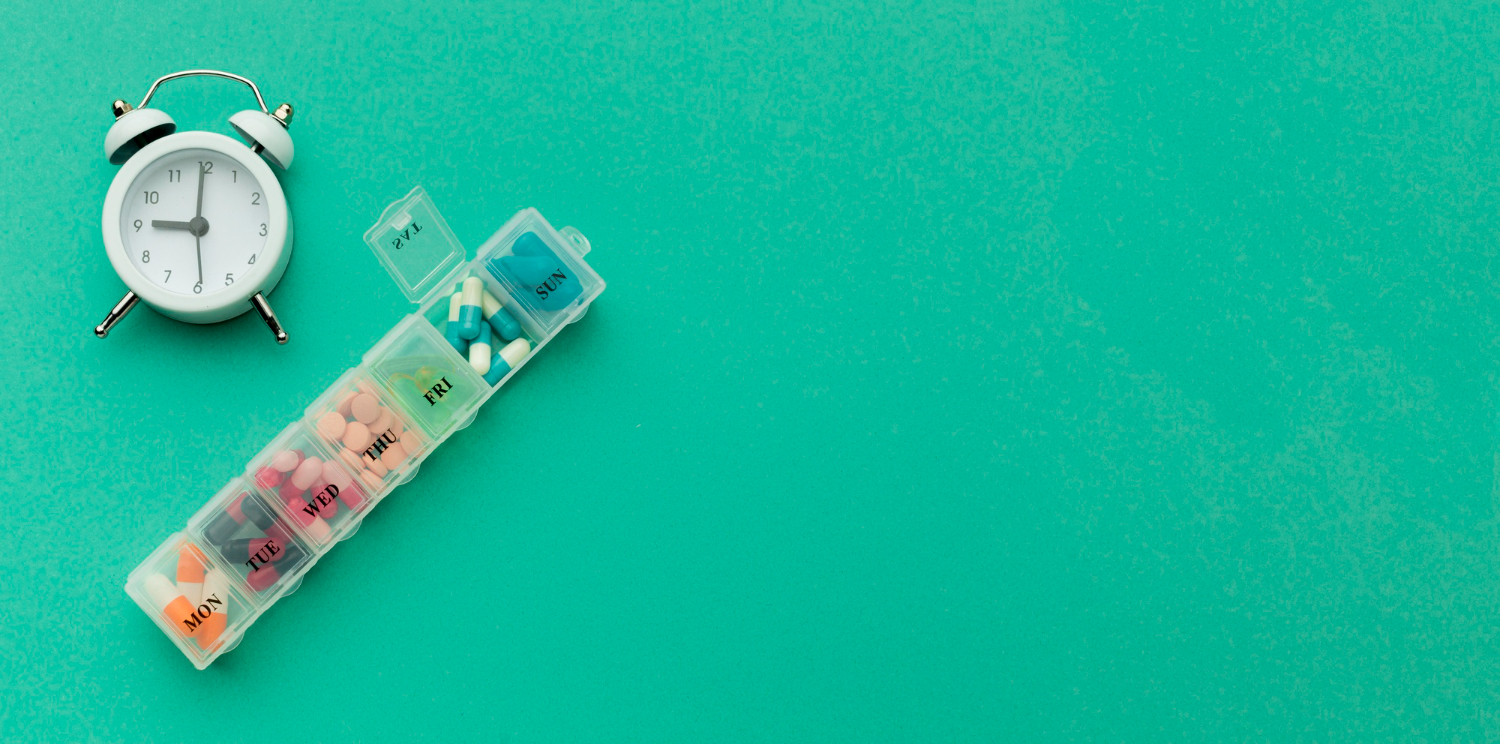Top 10 Drug-Related Crime Statistics
- According to the National Institute on Drug Abuse, drug-related crimes cost the U.S. economy an estimated $193 billion in 2007.
- The Drug Enforcement Administration reports that drug trafficking organizations are responsible for the majority of drug-related crimes, including violence, money laundering, and corruption.
- In 2018, the FBI reported that drug-related offenses accounted for 26.8% of all arrests made in the U.S.
- According to the Bureau of Justice Statistics, drug offenders accounted for 46% of federal prison inmates in 2019.
- The National Survey on Drug Use and Health found that in 2019, 19.4 million Americans aged 12 or older had used illicit drugs in the past month.
- The Centers for Disease Control and Prevention reported that drug overdose deaths increased by 4.6% from 2018 to 2019, with a total of 70,630 deaths in 2019.
- The Department of Health and Human Services estimates that the economic cost of opioid abuse in the U.S. was $504 billion in 2015.
- The National Institute on Drug Abuse reports that drug abuse is linked to increased rates of domestic violence, child abuse, and other violent crimes.
- The Substance Abuse and Mental Health Services Administration found that in 2019, 2.5 million emergency department visits were related to drug misuse or abuse.
- The American Society of Addiction Medicine reports that 80% of people who use heroin first misused prescription opioids.

Drug-Related Crime Demographics

- Young adults between the ages of 18 and 25 are more likely to be involved in drug-related crimes than any other age group, accounting for nearly half (49%) of all drug arrests.
- Men are more likely than women to be arrested for drug-related offenses, with males accounting for 76% of all drug arrests.
- According to a study by the Substance Abuse and Mental Health Services Administration, individuals who identify as multiracial have the highest rate of illicit drug use, at 22.2%, followed by white individuals at 17.1%, and African Americans at 14.4%.
- Hispanic individuals have a lower rate of illicit drug use compared to other racial groups, with only 8.4% reporting past-month use in the National Survey on Drug Use and Health.
- In terms of education level, those with less education are more likely to be involved in drug-related crimes. In fact, individuals without a high school diploma accounted for over one-third (36%) of all drug arrests.
Drug-Related Crime Statistics by Region

- In the Northeast, drug offenses accounted for 30.8% of all arrests in 2018, with New Hampshire having the highest rate of opioid overdose deaths per capita.
- The Midwest had the second-highest rate of drug offenses in 2018, accounting for 28.9% of all arrests. Missouri had the highest rate of fentanyl-related deaths per capita in 2019.
- In the South, drug offenses accounted for 29.6% of all arrests in 2018, with Florida having the highest rate of prescription drug overdose deaths per capita.
- The West had the lowest rate of drug offenses in 2018, accounting for 23.3% of all arrests. However, California had the highest number of opioid overdose deaths in 2019.
Drug-Related Crime Arrests
- The Bureau of Justice Statistics reports that 1 in 5 state prisoners and 1 in 3 federal prisoners were serving time for a drug offense in 2019.
- According to the FBI, drug-related arrests accounted for approximately 13% of all arrests made in the U.S. in 2018.
- The number of drug-related arrests for persons under the age of 18 has decreased by 26.4% from 2010 to 2019, as reported by the FBI.
- In contrast, the number of drug-related arrests for women increased by 43.6% from 2010 to 2019, according to the FBI.
- Mexican drug trafficking organizations are responsible for supplying most of the heroin, methamphetamine, and fentanyl in the U.S., according to the Drug Enforcement Administration.
- The percentage of people incarcerated for drug offenses varies widely by state. For example, in Oklahoma, more than half (51%) of all inmates are serving time for a drug offense, while in Hawaii, only about one-tenth (11%) of inmates are incarcerated for a drug offense.
![Drug Related Crime Statistics [2023]: Offenses Involving Drug Use](https://cdn.prod.website-files.com/64c19639eb55493de2615d74/64ca1f0cb982cb775672b6c0_Total-Arrests.png)
Marijuana Related Crimes Statistics

- In 2019, marijuana arrests made up for 36.4% of all drug-related arrests in the United States according to the FBI.
- The American Civil Liberties Union reports that Black people are almost four times more likely than white people to be arrested for marijuana possession despite similar usage rates.
- Legalizing marijuana has been found to reduce crime rates in states where it is legal. A study by the Cato Institute found that between 2008 and 2014, states that legalized medical marijuana saw a decrease in violent crime rates by an average of 13%.
- According to a report by the Marijuana Arrest Research Project, between 2001 and 2010, there were over 8 million marijuana-related arrests in the United States. This amounts to one arrest every 37 seconds.
- A report by the National Conference of State Legislatures found that legalizing marijuana could save states millions of dollars in law enforcement costs and generate significant revenue through taxes and fees. For example, Colorado collected over $387 million in taxes and fees from legal marijuana sales in 2020 alone.
Heroin, Cocaine, and Derivative Products Related Crime Statistics
- In 2019, heroin was involved in 14,019 overdose deaths in the United States, according to the Centers for Disease Control and Prevention.
- The National Institute on Drug Abuse reports that cocaine use has remained relatively stable since 2009, but there has been an increase in overdose deaths involving cocaine in recent years. In 2018, cocaine was involved in approximately 15% of all drug overdose deaths.
- Fentanyl is a synthetic opioid that is often mixed with heroin or other drugs. According to the Drug Enforcement Administration, fentanyl seizures increased by almost 500% between 2014 and 2018. Fentanyl-related deaths have also increased dramatically in recent years. In 2013, fentanyl was involved in just over 1,000 overdose deaths; by 2019, that number had risen to over 36,000.
- The Substance Abuse and Mental Health Services Administration found that in 2019, approximately 809,000 people aged 12 or older had used heroin in the past year.
- The same report found that approximately 2 million people aged 12 or older had used cocaine in the past year.
- According to a report by the National Institute of Justice, drug trafficking organizations are increasingly using new technologies such as encryption and cryptocurrency to facilitate their operations and avoid detection by law enforcement agencies.

Synthetic Drug Crimes Statistics
- In 2018, synthetic opioids were involved in 59.8% of all opioid-involved overdose deaths in the United States, according to the Centers for Disease Control and Prevention.
- The National Institute on Drug Abuse reports that synthetic cannabinoids (also known as "spice" or "K2") have been responsible for an increasing number of emergency department visits and deaths in recent years.
- According to the Drug Enforcement Administration, the number of seizures of synthetic drugs such as fentanyl and methamphetamine has increased significantly in recent years. In 2020, seizures of methamphetamine increased by 34%, while seizures of fentanyl increased by over 50%.
- A study by the Substance Abuse and Mental Health Services Administration found that between 2011 and 2016, there was a significant increase in the number of people seeking treatment for problems related to synthetic cathinones (also known as "bath salts"). In 2011, only about 1% of all treatment admissions were related to these drugs; by 2016, that number had risen to almost 9%.
- The National Forensic Laboratory Information System reports that synthetic cannabinoids were involved in more than twice as many drug-related deaths as natural cannabinoids (such as marijuana) in 2017.
Drug Use and Addiction

- The Substance Abuse and Mental Health Services Administration reports that 19.4 million Americans aged 12 or older had a substance use disorder in 2018, which is equivalent to 7.4% of the population.
- According to the National Institute on Drug Abuse, the percentage of people who relapse after receiving treatment for drug addiction is between 40% and 60%.
- A study published in JAMA Psychiatry found that approximately one-third of individuals who use heroin develop an opioid addiction.
- The American Society of Addiction Medicine reports that in 2016, approximately 80% of people who sought treatment for opioid addiction were also using another substance.
- The Centers for Disease Control and Prevention reports that in 2019, there were over 10,000 overdose deaths involving cocaine, representing a significant increase from previous years.
Drug Trafficking and Distribution
- The United Nations Office on Drugs and Crime estimates that the global value of the drug trade is $500 billion per year.
- The Drug Enforcement Administration reports that Mexican drug cartels are responsible for the majority of methamphetamine and cocaine trafficking in the U.S.
- The National Institute on Drug Abuse reports that drug trafficking organizations use a variety of methods to smuggle drugs into the U.S., including air, land, and sea routes.
- The Drug Enforcement Administration reports that drug trafficking organizations are increasingly using the internet to sell drugs, using anonymous marketplaces and cryptocurrency.
- The Bureau of Alcohol, Tobacco, Firearms and Explosives reports that drug trafficking organizations often use firearms to protect their drug operations and intimidate rivals.
Drug Trafficking and Distribution
- The United Nations Office on Drugs and Crime estimates that the global value of the drug trade is $500 billion per year.
- According to a report by the United Nations Office on Drugs and Crime, an estimated 91% of opium poppy cultivation occurred in Afghanistan in 2020.
- A report by Europol found that organized crime groups account for up to 70% of all heroin sales in Europe.
- The Australian Criminal Intelligence Commission reported that in 2019-2020, over 80% of illicit drugs seized in Australia were from overseas sources.
- In Mexico, a study by El Colegio de la Frontera Norte found that between 64% and 84% of homicides were related to organized crime activities such as drug trafficking.
- According to a report by the European Monitoring Centre for Drugs and Drug Addiction, the number of darknet markets selling drugs increased from around 12 in early 2013 to over 50 by mid-2018.

Drug-Related Violence and Crime
- According to a report by the National Institute of Justice, drug-related violence accounted for 17% of all homicides in the U.S. in 2018.
- The Bureau of Justice Statistics reports that drug offenders were involved in 17% of all violent victimizations in the U.S. in 2019.
- A study published in the Journal of Interpersonal Violence found that individuals who reported using drugs were more likely to engage in violent behavior than those who did not use drugs, with drug use increasing the odds of violent behavior by 60%.
- The Drug Enforcement Administration reports that drug trafficking organizations are responsible for a significant amount of violent crime, including assault, kidnapping, and murder.
- The National Gang Center reports that drugs are often a primary source of income for gangs, with drug-related activities accounting for up to 90% of their revenue.
People Sentenced to State Prison for Drug Related Crimes Statistics
- According to the Bureau of Justice Statistics, in 2019, drug offenders accounted for 1 in 5 state prisoners and 1 in 3 federal prisoners.
- The percentage of people sentenced to state prison for drug offenses varies widely by state. In Oklahoma, more than half (51%) of all inmates are serving time for a drug offense, while in Hawaii, only about one-tenth (11%) of inmates are incarcerated for a drug offense.
Drug-Related Health Issues
- A study published in the Journal of Addiction Medicine found that individuals who use drugs are at a higher risk for developing chronic diseases such as diabetes, hypertension, and liver disease. The study reported that drug users had a 50% higher likelihood of developing these conditions compared to non-users.
- The Substance Abuse and Mental Health Services Administration reports that in 2019, over 1.5 million emergency department visits were related to drug misuse or abuse. This represents approximately 4.5% of all emergency department visits in the U.S. that year.
- A report by the World Health Organization found that injecting drug use is associated with a high risk of infectious diseases such as HIV and hepatitis C. In some countries, up to 70% of people who inject drugs may be infected with hepatitis C.
Drug Policy and Law Enforcement (Statistics & Facts)
- The Drug Enforcement Administration is responsible for enforcing federal drug laws in the U.S., targeting drug trafficking organizations and disrupting the drug supply chain.
- The Department of Justice is responsible for prosecuting drug-related crimes in federal courts, working with state and local law enforcement agencies to investigate and prosecute drug offenses.
- According to the National Institute on Drug Abuse, in recent years, there has been a shift in drug policy in the U.S. with a focus on prevention, treatment, and recovery. In 2019, 21.6 million people aged 12 or older needed substance use treatment, but only 4.2 million received it.
- The Substance Abuse and Mental Health Services Administration provides funding and support for drug prevention and treatment programs across the U.S. In 2020, the agency allocated $3.9 billion to states and territories for substance abuse prevention and treatment services.
- The Drug Policy Alliance advocates for drug policy reform, promoting a public health approach to drug use and addiction rather than a criminal justice approach. According to a 2020 survey conducted by the organization, 66% of Americans support ending the war on drugs and instead focusing on treatment and rehabilitation.
FAQs
What is considered a drug-related crime?
A drug-related crime is any criminal offense that involves the use, sale, distribution, or manufacture of illegal drugs or controlled substances.
What are some examples of drug-related crimes?
Drug-related crimes include but are not limited to possession of illegal drugs, drug trafficking, drug manufacturing, and driving under the influence of drugs.
How does drug abuse contribute to crime?
Drug abuse can lead to increased rates of violent and property crimes as individuals may resort to criminal activity to obtain money to purchase drugs or due to the effects of the drugs on their behavior.
How do law enforcement agencies address drug-related crimes?
Law enforcement agencies use various strategies such as undercover operations, wiretapping, and surveillance to investigate and prosecute drug-related offenses.
What is being done to address the opioid epidemic in the U.S.?
The U.S. government has implemented several initiatives aimed at addressing the opioid epidemic, including increasing access to treatment programs and providing funding for research into alternative pain management options.
What can individuals do to help prevent drug-related crimes?
Individuals can take steps such as properly disposing of prescription medications, reporting suspicious activity related to drugs, and supporting substance abuse prevention programs in their communities to help prevent drug-related crimes.
Conclusion
Drug-related crimes continue to be a major issue in the U.S. and around the world, with devastating effects on individuals, families, and communities.
These statistics highlight the need for a comprehensive approach to addressing drug-related problems, including prevention, treatment, and law enforcement efforts. By working together, we can help reduce the impact of drug-related crimes and create safer and healthier communities for all.
References
https://drugabusestatistics.org/drug-related-crime-statistics/
https://bjs.ojp.gov/drugs-and-crime-facts/drug-use-and-crime
https://www.statista.com/statistics/1171104/philippines-crime-incidents-involving-drugs-by-region/
https://www.ojjdp.gov/ojstatbb/crime/qa05308.asp?qaDate=2020

.jpg)











